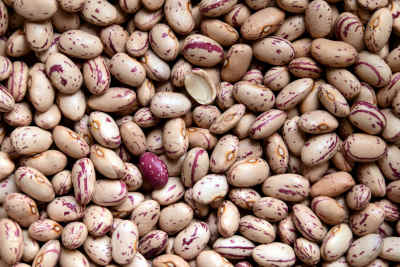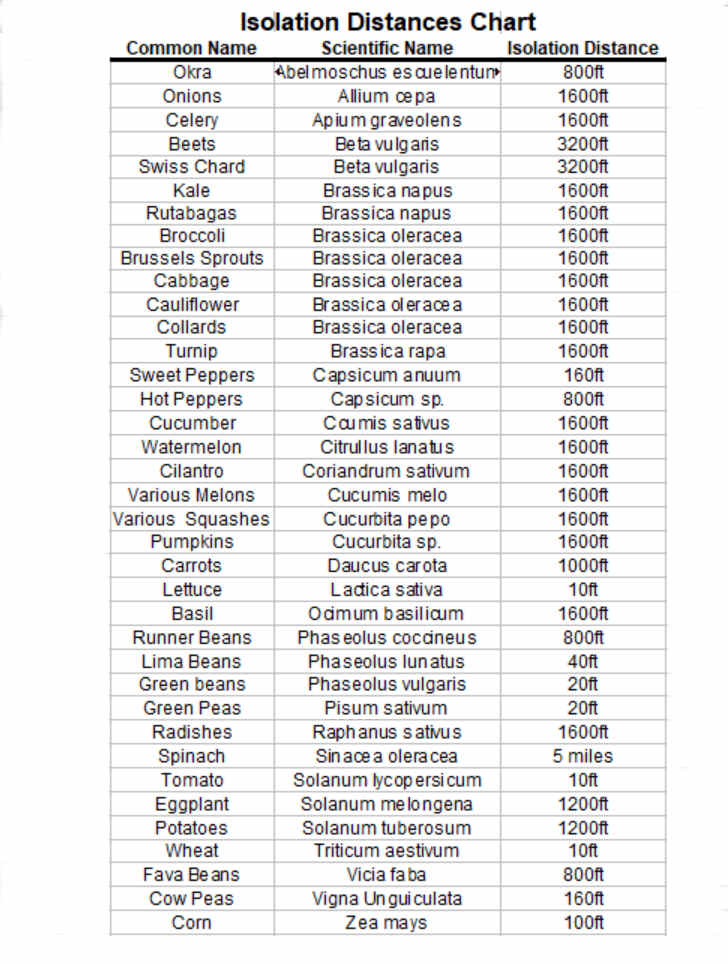Survival Garden - Saving Your Own Seed

When going to your local gardening center or hardware store for seed is no longer and option all the gardening knowledge will be useless if you are unable to secure seed for future use.
It would be helpful to know the scientific names of plants you intend to propagate via seed. This information while not 100 percent mandatory is helpful because it will let you know which plants are related to each other. Why is this useful? So that you don't cross pollinate one crop with another crop and end up with plants that are not what you started with. Peppers are notorious for this, but the worry is not restricted to peppers by any stretch of the imagination.
If you don't know the scientific names you will just have to rely on your best educated guess. Obviously potatoes and tomatoes are not closely related so it is safe to plant those near each other without compromising the seeds of either. So try to lay out your garden in such a manner that you separate like species.
Even if you know the scientific name that is just the start. You will also need to know how close is too close to plant similar garden crops. This is known as separation or isolation distance.
If you don't have the luxury of separating varieties by distance you can also "isolate them by timing. You can basically prevent cross-pollination by planting at different times so that the flowering and pollination of one variety doesn't overlap the flowering and pollination of the other variety.
I prefer isolation by distance because it is more reliable and timing of planting similar varieties means they usually need to be planted at the same time to be most productive. If you live in the far north for example the growing period is short and delayed planting may not be a good option.
Isolation distance isn't even remotely similar across species. This is mainly to do with how they pollinate each other. Is it by insects or wind, for example? Distances can be a few feet or a few miles!

The seed chart above is not an absolute. Meaning The distances are based on how much risk you are able to take. There is no distance that is ever 100% guaranteed. The greater the distance the greater success. The numbers listed above are the upper end numbers. There are numbers you can find online that might be significantly lower than those above. Many magnitudes lower.
I chose the higher end numbers that are the most conservative and almost guarantee you will easily go a lifetime without any cross pollination from other varieties. It is important to under stand that if there is occasional cross pollination at a very very low rate, say 1 in 10,000 chance, that this amount of cross can easily be handled if you are saving seed from multiple plants. The more the merrier. This way you dilute any contamination so much that its effects are reduced to near zero. Diluted if you will.
Understanding the science and math of it all. Let's say you are growing carrots. You are growing two varieties in beds 100 feet from each other. That is much closer than the 1000 feet distance listed in the chart. So we know that cross pollination can occur. But how likely is it. Probably still pretty low, like 1 in 5,000 kind of numbers. That is for each pollination occurance and is a ball park number used just for an example. This would mean that your variety is no longer as pure as before.
But will probably be low. But over time repeated occurance of this happening can build up even though they are small. And distance isn't the only factor. Suppose you have a a large bed of carrots and a small bed of carrots. The large bed will produce more pollen and is more likely to pollinated the small bed. It may be counter intuitive but leven if both beds are large it will also lower the chance of cross contamination. Why? Because a fertilization can only happen once. And if you have a large bed of carrots each carrot is close to many of it variety and is more likely to get pollinated faster by one of its own variety. So any pollen that reaches from one bed to the other is more likely to reach a flower that is already pollinated.
So the take away is the more distance the better. The bigger you beds the better. Barriers between the beds the better, bushes or trees for example. Timing of planting and harvesting all play a role.
Another issue to consider when saving seed that is just as important is the concept of how many plants you need to harvest seed from a reason you probably haven't even considered. Here is a link to the article. How Many???
Back to Survival Garden
